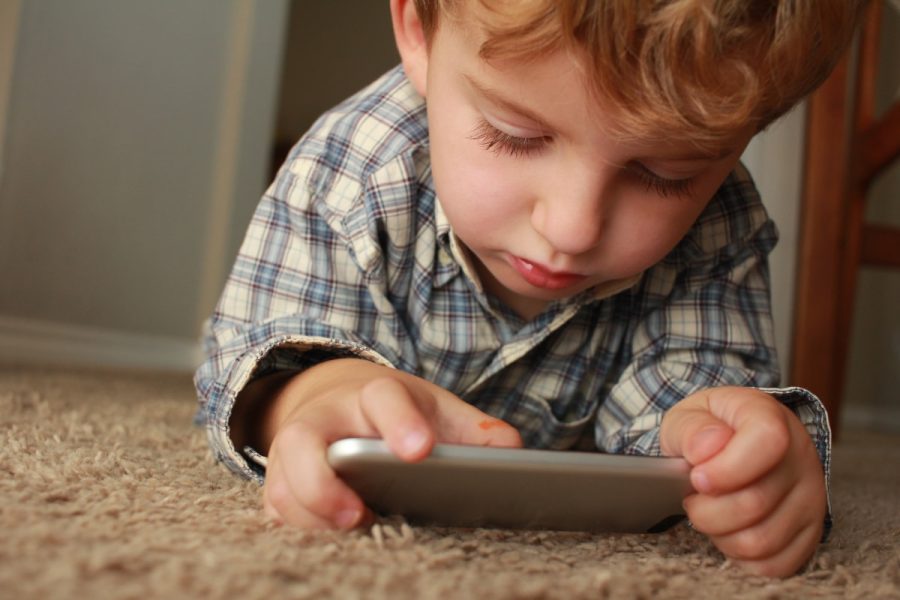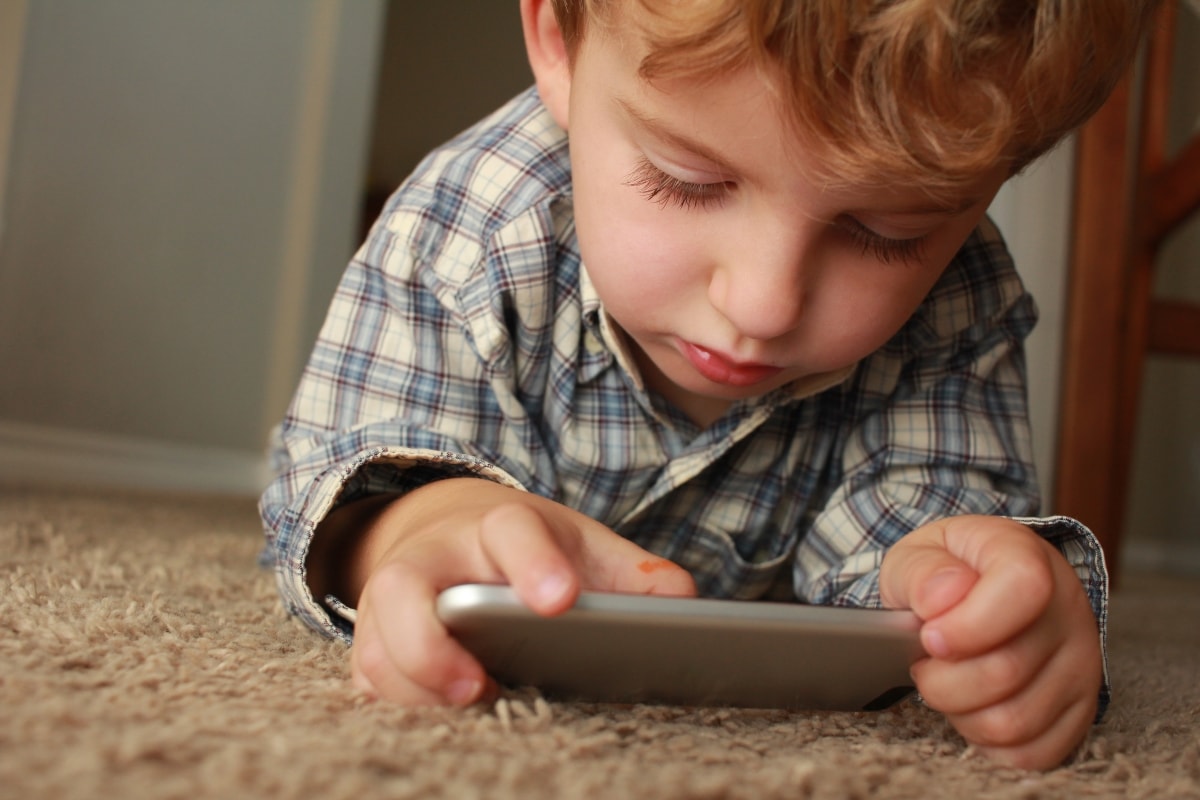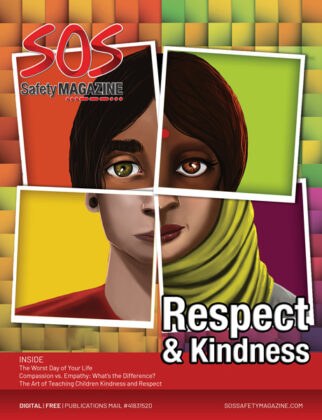ARTICLES, INTERNET SAFETY. FACTS ABOUT CYBER BULLYING
Expert Shares 4 Final Ways to Keep Children Safe Online [Part III]


Well, here we are for the final part of our short series to help you keep your children safe online. I can’t think of a more important topic to learn about, and you should just know that the fact that you’re here speaks volumes for you as a parent.
If you haven’t yet read the first two articles in this series you can find them here and here. Let’s move on to part three!
1: Use Parental Controls For Younger Kids
If your kids are young – let’s say ten years old or less – then parental controls are usually worthwhile as a good starting point. They may even be helpful with older kids depending on their personalities and the conversations you’ve had with them.
You’re probably aware there are plenty of free parental controls available on devices and networks. Many are built into phones, iPads, and tablets, and you can make use of the free “safe search” and “restricted mode” functions in Google and YouTube.
However, like most things in life, you get what you pay for. Free filters will reduce but not eliminate the chances of your child seeing something you don’t want them to see online. And once they’ve seen it, they can’t unsee it.
Paid parental controls like Net Nanny can be more effective to a degree in preventing your kids from seeing inappropriate content online depending on how they’re set up. However there’s no single parental control software that can guarantee your children won’t encounter something bad online – and in fact, 90% of children aged between eight and sixteen have seen pornographic content online.
It’s important to be aware that while parental controls can be helpful, if your children want to get around them (as older tweens and teens usually do), they probably can – and you won’t know they’ve done it!
2: Only Share What You Want The World To See
When I talk with students aged 5-12 in primary schools I do a role play with them to demonstrate how quickly things can spread online – whether you want them to or not. In this roleplay, I share some nasty content about another child (that I think is funny and won’t go any further) with just three of my closest friends in a closed network. Things go wrong when my close friends get upset with me and share my content with their friends…who share it with their friends…who share it with their friends. Pretty soon the whole school has seen my nasty message, as well as the child I’m being mean to and the school principal.
This roleplay is powerful in that it shows how far and how quickly something can spread, as well as how comments and images kids think nothing of or consider “funny” can quickly become not so funny at all.
Telling your children not to share anything they’re not happy for anyone else to see is one thing. Showing them the effect of sharing inappropriate content is a much more powerful way to get the message through.
3: Steer Clear Of Anonymous Sites
We all know that people can be mean to each other, kids possibly more often than adults. Nothing new there. However, there are some places online that are full of trolling and cyberbullying, and are generally seen as a predator’s playground.
There’s indisputable evidence that people will often say things online that they wouldn’t say to a person’s face. There is a level of perceived safety in hiding behind a screen where you don’t think anyone knows who you are. And for those hiding behind their screen, there’s usually a lack of empathy as to how the person on the receiving end of a message feels.
There are LOTS of anonymous apps these days, with more popping up all the time. It’s incredible how a new app can rise from brand new to having millions of users in a few short weeks or months. Kids are great at finding out about these apps and will no doubt discover them before you will.
As a general blanket rule, bad things happen on anonymous apps. If you can encourage your child to steer clear of an app where no-one knows who anyone is they’ll be a step closer to feeling safer and happier.
4: Encourage Resilience Rather Than Over-Protection
Having young children myself, I completely understand the urge to protect these beautiful and innocent souls from the bad stuff that happens around them. However, wrapping them up in cotton wool in an attempt to block out reality is usually not only futile but stifles their ability to learn and grow.
Don’t get me wrong – I’m not suggesting for a second that a child should be exposed to extreme violence or pornographic content, obviously that’s not what we want. However, as a parent who wants to raise their children to be responsible citizens, both online and offline, your child needs to be given the chance to respond to situations around them with your ongoing parental guidance.
In other words, your role as a parent should be to mentor your child so they can be resilient enough to handle real-life situations they will face online as they grow up and then move into adulthood.
In Summary
Over this three-part series we’ve now provided you with the following ten ways you can help to keep your children safe online:
- Keep devices out of bedrooms
- Randomly check devices
- Teach your child what their personal information is
- Open a joint social media account and learn together
- Don’t allow internet access between 8pm and 6am
- Be approachable
- Use parental controls for younger kids
- Only share what you want the world to see
- Steer clear of anonymous sites
- Encourage resilience rather than over-protection
You can see that there are so many different aspects of online safety – we haven’t even talked about preventing sexting or image-based abuse, managing screen time, how to stop your children talking to strangers online, appropriate digital etiquette, cyberbullying, encouraging face-to-face social skills…there’s so much more to this!
I see the task of keeping your children safe online as a hundred piece puzzle. Most of us know where a few of the pieces fit, but we don’t realize how much is involved. It’s only when you delve deep into this topic that you realize how much there is to know, and how important it is to know that much!
If you wish to learn how to complete this puzzle there IS a way, and it won’t take you as long as you think. For more information check out the Peaceful Digital Parenting Solution. Thanks for reading and see you there!
About the Author
 Ruth Dearing is the founder of Children and Technology, a public speaker, international best-selling author of “How To Keep Your Children Safe Online…And Put An End To Internet Addiction”, and a mother of two. Her expertise and passion lies in helping parents keep their children safe online.
Ruth Dearing is the founder of Children and Technology, a public speaker, international best-selling author of “How To Keep Your Children Safe Online…And Put An End To Internet Addiction”, and a mother of two. Her expertise and passion lies in helping parents keep their children safe online.
–
–







